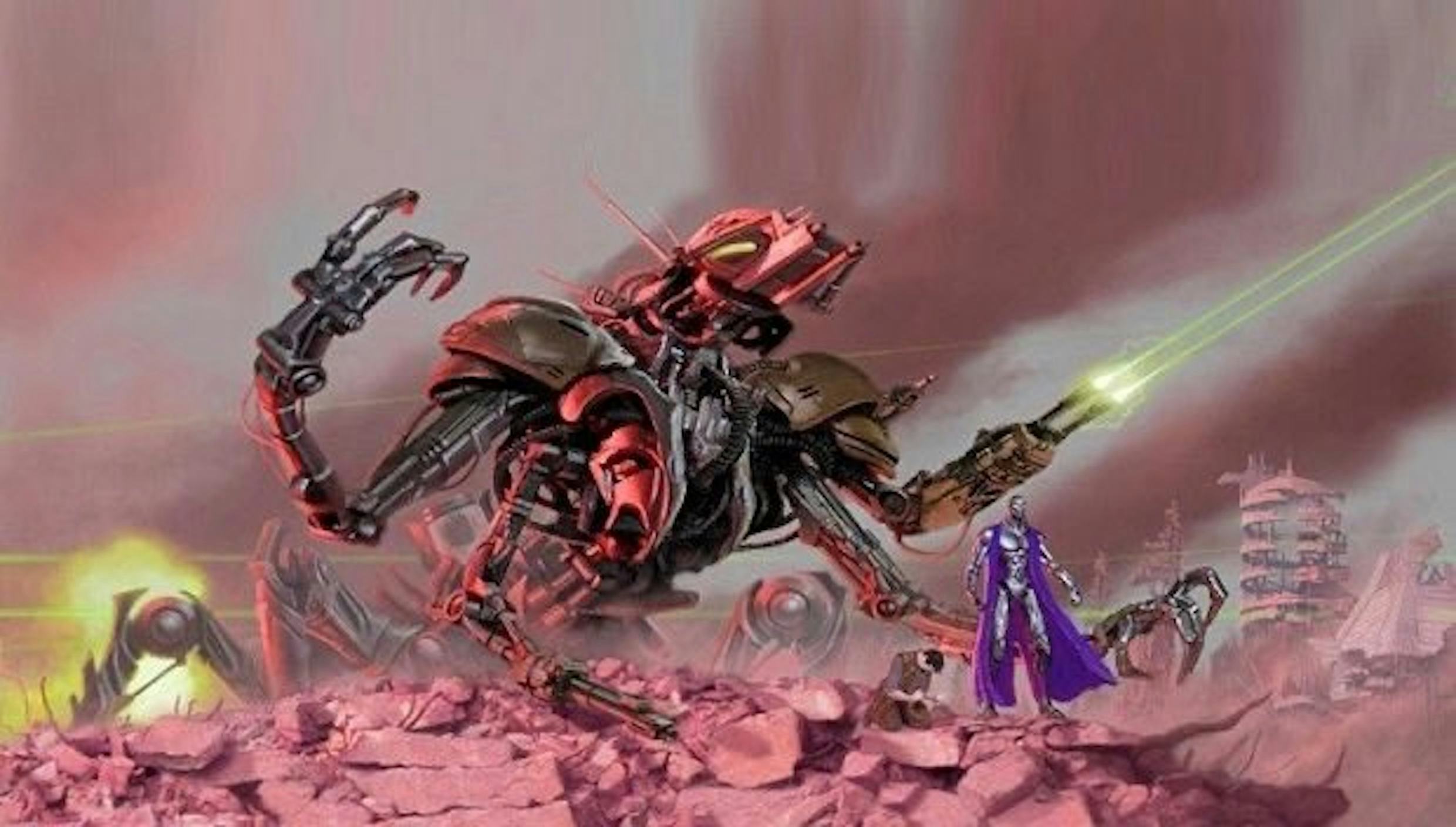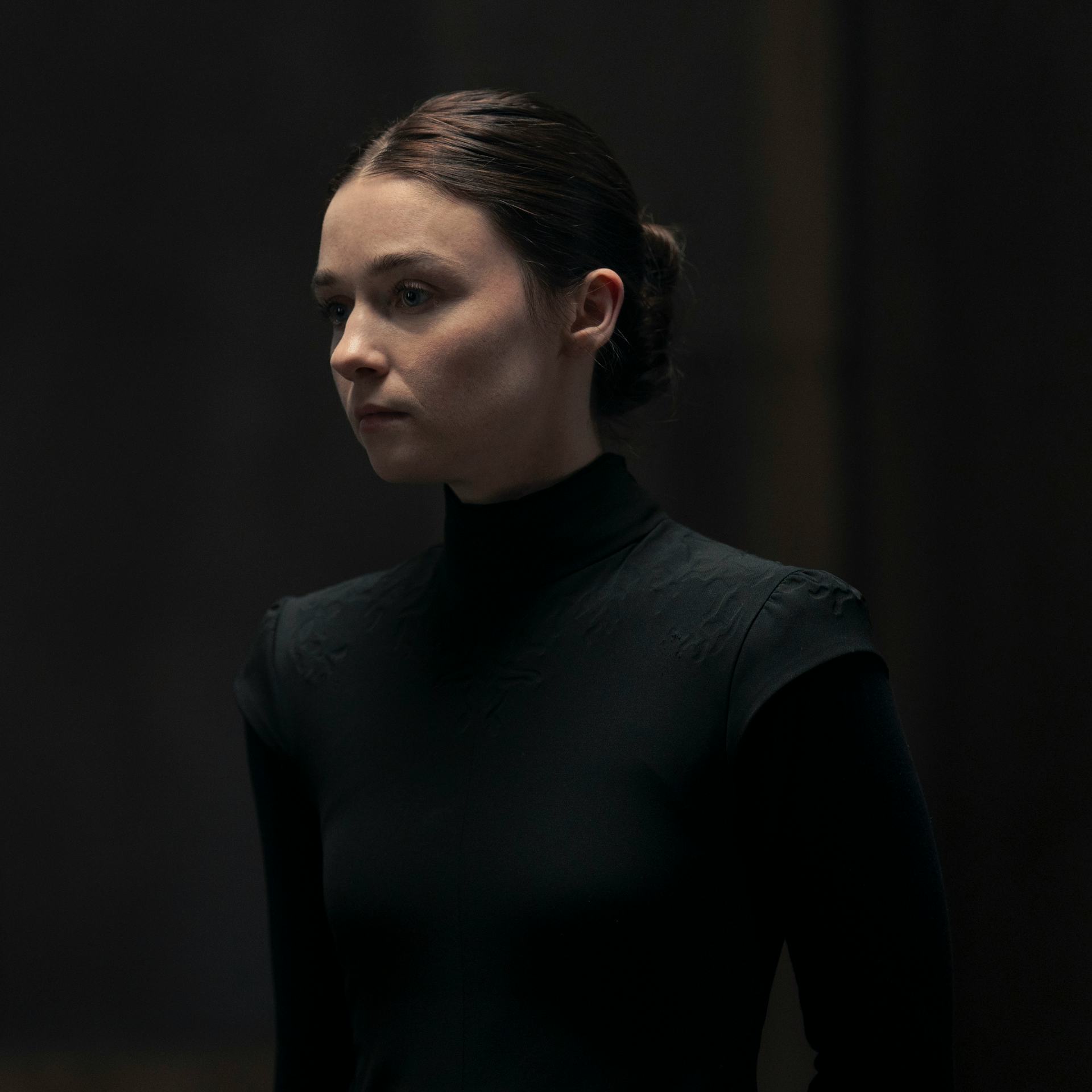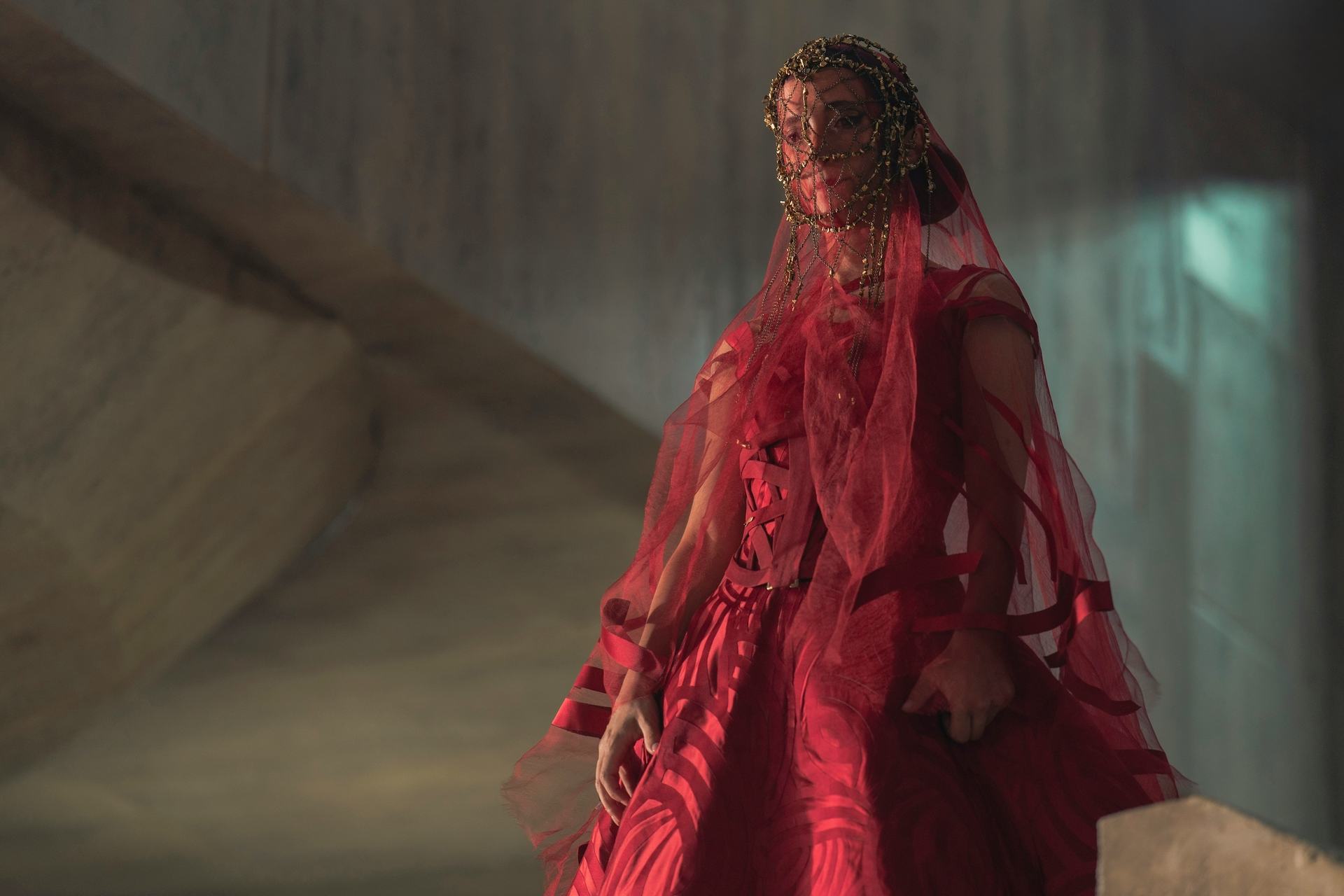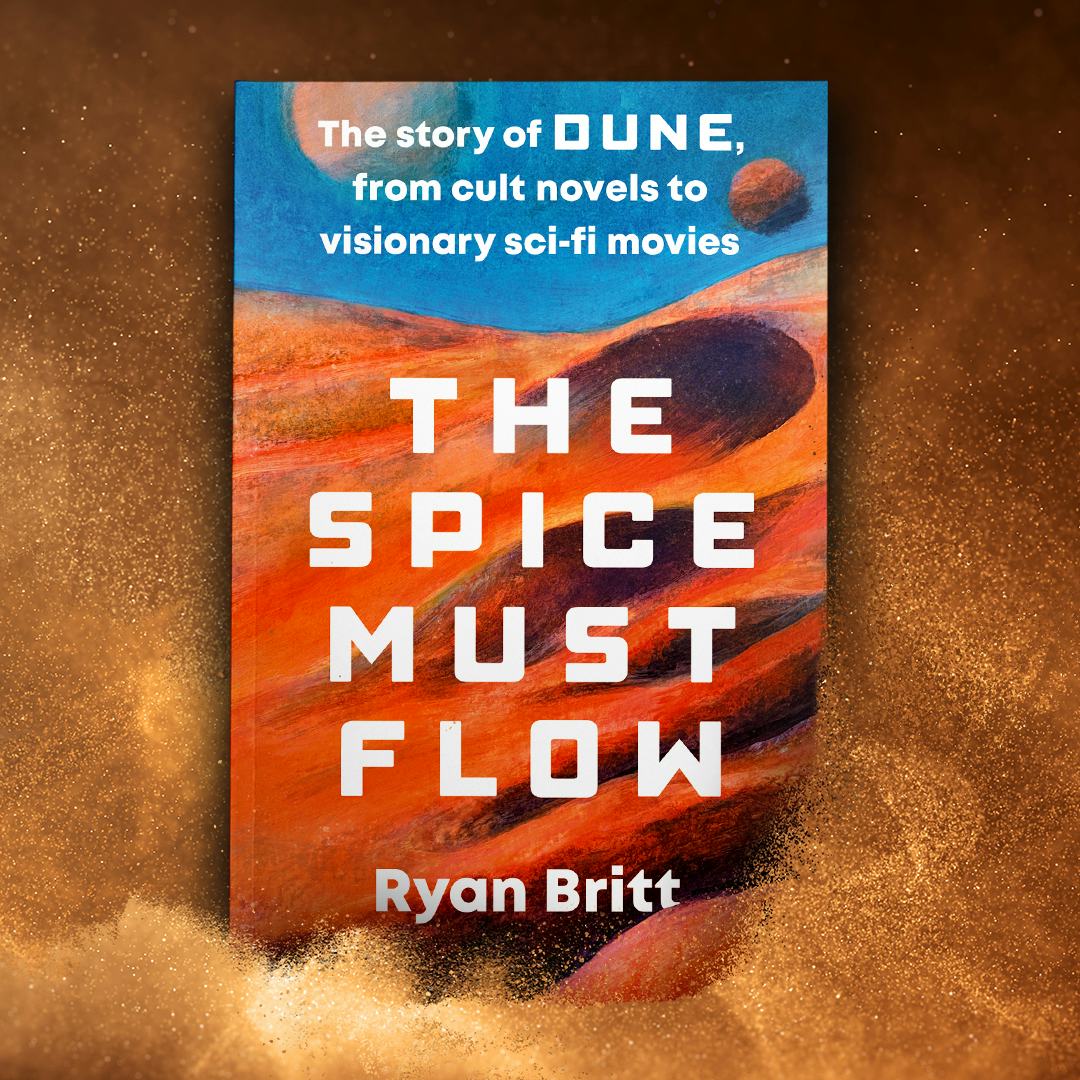
In 1963, with the publication of the first installment of Dune — then titled “Dune World” — in Analog magazine, Frank Herbert hinted at a deeper backstory to his far-future feudal galactic empire. Though Dune was set in the year 10,191, that dating system began after a major upheaval in the universe, one which saw humans fighting for survival against advanced AI. This event — the Butlerian Jihad — is literally ancient history in the backstory of Dune, but in the new TV series, this moment is fresh in the cultural memory.
For the first time ever, the Dune franchise has actually depicted AI uprising this on screen. If you were jarred by seeing murder robots in the world of Dune, here’s what that prologue was all about and what it means for the rest of the series.
Spoilers ahead for Dune: Prophecy Episode 1, “The Hidden Hand.”
Dune: Prophecy prologue, explained

There are two sets of flashbacks in the first episode of Dune: Prophecy. First, there’s the protracted flashback featuring young Valya Harkonnen (Jessica Barden), in which we see her use the Voice on Sister Dorotea (Camilla Beeput), and take control of the Sisterhood in general. But before that, right as the episode begins, there’s an even deeper cut to Dune mythos which predates the prequel setting of the entire show. As older Valya (Emily Watson) narrates, we see massive robots zapping humans. She says:
“Whey humans rose up against the Thinking Machines that enslaved them, history says, it was an Atreides that led them to victory, while my great grandfather deserted the fight.”
After the prologue, we get this text on the screen: “116 years after the end of the great machine wars.”
This establishes that the events of Dune: Prophecy occur just a century after all AI and computers were outlawed in the Imperium. This process was called the Butlerian Jihad, because the key figure who pushed for the abolition of AI was named “Butler.” In the expanded Dune books (written well after Frank Herbert’s passing) this person was named Serena Butler and turned the revolt against the machines into, essentially, a religion.
In Dune: Prophecy we see the cultural aftermath of that era, which although has been written about extensively in the spinoff and prequel books by Kevin J. Anderson and Brian Herbert, was never present in any of the original Dune books. And this is also the first time these exact types of AI have been put into a live-action adaptation. What was deep backstory for the old Dune novels is now recent history for Prophecy.
How the AI Crusade Impacts Dune: Prophecy

One major aspect of the various expanded Dune books written by Kevin J. Anderson and Brian Herbert is, essentially, a large retcon that leads to the return of oppressive Thinking Machines well after the events of the final regular Dune books. At the risk of being very, very reductive, the overall arc of expanded Dune books, the backstory of the Buterlian Jihad, becomes the primary story for the estate-authorized Dune sequel books, Hunters of Dune (2006) and Sandworms of Dune (2007). In these sequels, all of humankind has to battle against the Thinking Machines for the final time. Again, this crusade against AI is largely absent in the primary six Dune novels written by Frank Herbert, even though his concept for the Butlerian Jihad fuels all of it. (Analogously, this is a little like “The Clone Wars” being an offhand mention in 1977 in Star Wars, and then becoming a whole big deal in the 2000s.)
Within the context of Dune: Prophecy, the notion of oppressive thinking machines impacts the plot in two direct ways: First, there’s a fervent anti-tech sentiment throughout the galaxy, which is why everyone freaks out about young Pruwet Richese’s (Charlie Hodson-Prior) little lizard robot toy during the betrothal ceremony between him and Princess Ynez (Sarah-Sofie Boussnina). The current emperor, Javicco Corrino (Mark Strong) overlooks this transgression in favor of a smooth alliance with House Richese, but clearly, even this rudimentary AI is something a lot of people in the Imperium are afraid of.
But all of this is a little deeper than just robot-overlord jitters from random people in the Imperium of Dune. This cultural upheaval also splits the Sisterhood right down the middle. In the first episode, we see that Valya wants to keep the “Breeding Index” going, while Sister Dorotea does not. Dorotea is more of a Butlerian purist, which implies that the Breeding Index may use computer or AI-thinking machine tech. On top of this, while all the Sisterhood fear the coming of a future tyrant, it’s quite possible these visions don’t have to do with Paul Atreides (or his son Leto II the God Emperor of Dune), but instead with another AI uprising.
As Dune: Prophecy goes on, one thing is for sure: What was once just a backstory to Dune will matter very much in the foreground. And just because the Thinking Machines were defeated before the series began, that doesn’t mean there aren’t still a few lurking around in the shadows.








